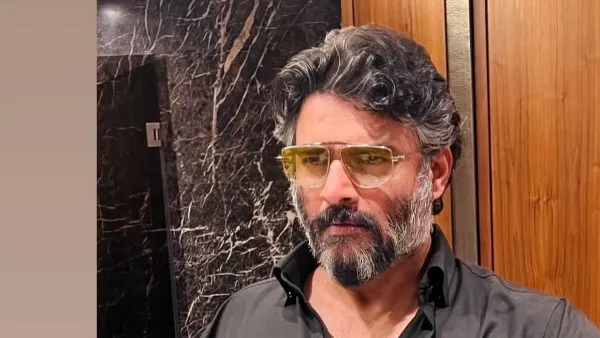Japanese car giant Honda said Wednesday its net profit halved in the first quarter because of US tariffs, but upgraded its annual profit forecast after Tokyo finally hammered out a trade deal with Washington.
In the first three months of its fiscal year, which begins in April, net profit fell to 196.67 billion yen ($1.33 billion), a drop of 50.2 percent year-on-year, the firm said.
Revenue dipped 1.2 percent to 5.34 trillion yen.
The Trump administration in April imposed a 25 percent levy on Japanese cars imported into the United States, dealing a hefty blow to Japan and its crucial auto sector.
However, Honda, Japan's second-biggest automaker after Toyota, has managed to withstand the pressure better than its Japanese competitors.
More than 60 percent of the vehicles it sells in the United States are built there, the highest percentage of all major Japanese automakers, according to Bloomberg Intelligence auto analyst Tatsuo Yoshida.
Despite tariff impacts and one-time expenses related to investment in electric vehicles, sales in the United States "remained strong", rising 1.2 percent year on year in yen terms, Honda said.
Under a deal by Tokyo and Washington announced in July, tariffs on Japanese autos will fall to 15 percent, although this has yet to take effect.
Other Japanese imports will be subject to a 15 percent "reciprocal" tariff, down from a threatened 25 percent.
Without specifying its calculations, Honda said Wednesday that it had significantly revised downward the gross impact of the US tariffs on its annual results, to 450 billion yen, "based on a detailed review".
As a result, it now expects only a 50 percent drop in its net profit for the 2025-2026 fiscal year, to 420 billion yen, compared with the previously anticipated collapse of 70 percent.
It now sees an annual revenue decline of 2.7 percent, compared with the previously forecast drop of 6.4 percent.
In the first three months of its fiscal year, which begins in April, net profit fell to 196.67 billion yen ($1.33 billion), a drop of 50.2 percent year-on-year, the firm said.
Revenue dipped 1.2 percent to 5.34 trillion yen.
The Trump administration in April imposed a 25 percent levy on Japanese cars imported into the United States, dealing a hefty blow to Japan and its crucial auto sector.
However, Honda, Japan's second-biggest automaker after Toyota, has managed to withstand the pressure better than its Japanese competitors.
More than 60 percent of the vehicles it sells in the United States are built there, the highest percentage of all major Japanese automakers, according to Bloomberg Intelligence auto analyst Tatsuo Yoshida.
Despite tariff impacts and one-time expenses related to investment in electric vehicles, sales in the United States "remained strong", rising 1.2 percent year on year in yen terms, Honda said.
Under a deal by Tokyo and Washington announced in July, tariffs on Japanese autos will fall to 15 percent, although this has yet to take effect.
Other Japanese imports will be subject to a 15 percent "reciprocal" tariff, down from a threatened 25 percent.
Without specifying its calculations, Honda said Wednesday that it had significantly revised downward the gross impact of the US tariffs on its annual results, to 450 billion yen, "based on a detailed review".
As a result, it now expects only a 50 percent drop in its net profit for the 2025-2026 fiscal year, to 420 billion yen, compared with the previously anticipated collapse of 70 percent.
It now sees an annual revenue decline of 2.7 percent, compared with the previously forecast drop of 6.4 percent.





